It is an ancient banyan tree about 70-80 years old, with a wide canopy, located next to Hue National University Square. Many people stop by to take pictures, sit under the tree to relax but may not know about this banyan tree.
During the Lunar New Year of Giap Thin 2024, Quoc Hoc Square on Le Loi Street, Hue City (Thua Thien - Hue) is bustling with tourists from all over coming to admire the pair of dragon mascots.
Next to it, the ancient banyan tree is decorated with red ribbons, fluttering in the wind, making the scene here even more peaceful because of the harmony of nature. Under the canopy of the large banyan tree, the Hue City Green Park Center has arranged a row of winding benches surrounding the base of the tree to create a resting place for visitors.

Ancient banyan tree in Quoc Hoc square.
Many people were amazed by the size of this banyan tree because it is like a roof that sunlight can hardly penetrate, and spring raindrops can hardly fall on and wet visitors' clothes.
But when was this banyan tree planted? Who planted it? These are questions that have yet to be answered. The banyan tree (scientific name is Ficus benjamina L.) or also known as the green tree, the banyan tree... is a plant belonging to the mulberry family. This is a bonsai tree that is quite popular in the world, especially in regions in Asia, especially Southeast Asian countries.
Mr. Dang Ngoc Quy, Deputy Director of Hue City Green Parks Center, said that this tree has a raspberry shape, a canopy of about 25 m, a trunk with a diameter of nearly 2 m and has become a "check-in" spot for tourists as well as a resting place for people walking along the Perfume River.

The bonsai tree is decorated with red strings to create a scene during Tet.
"It is over 70 years old. Before, there were many sculptures and shabby bushes under the tree, and we moved them to another place to install a row of benches for visitors to sit and rest. This tree is located in a park, with a large space, so it grows strongly. We have to take care of it and prune it so that it has this shape," said Mr. Quy.

The banyan tree seen from afar.
According to Mr. Quy, there are still a few banyan trees in Hue City, of which the banyan tree on Nguyen Truong To Street is quite old, but because it is located on the sidewalk, its "appearance" is not as "masculine" as the tree in Quoc Hoc Square.

Become a place to rest, sightsee, check in.
According to Mr. Phan Thien Dinh, Secretary of the Hue City Party Committee, in a traditional Hue house, the garden is an indispensable important component. Hue people consider the trees in the garden as a living entity with full feelings and emotions. When the homeowner passes away, people tie mourning scarves around the trees in the garden like children in the house.

The banyan tree has a raspberry-shaped canopy.
Similarly, the trees in the city are also treated with that spirit by the people. Hue is a land that is heavily affected by storms, any tree that can overcome and survive to grow up is very precious. Like the banyan tree in Quoc Hoc Square, after decades it is still splendid.
The Vietnam Association for Conservation of Nature and Environment has just decided to recognize a more than 100-year-old banyan tree (scientific name Terminalia Catappa L) located in the campus of Phu Loc Town Secondary School, Phu Loc District, Thua Thien - Hue Province as a Vietnamese Heritage Tree.

The banyan tree has just been recognized as a Vietnamese Heritage Tree.
The main trunk of the banyan tree is about 1.4 m in diameter and 4.49 m in circumference. The tree has a large, long root system that runs above ground, and its canopy is large enough to shade 200 students.
(According to 24h, February 18, 2024)
Source


![[Photo] Solemn opening of the 9th Session, 15th National Assembly](https://vphoto.vietnam.vn/thumb/1200x675/vietnam/resource/IMAGE/2025/5/5/ad3b9de4debc46efb4a0e04db0295ad8)




![[Photo] President Luong Cuong presided over the welcoming ceremony and held talks with Sri Lankan President Anura Kumara Dissanayaka](https://vphoto.vietnam.vn/thumb/1200x675/vietnam/resource/IMAGE/2025/5/5/bbb34e48c0194f2e81f59748df3f21c7)
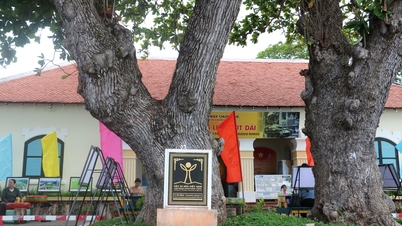







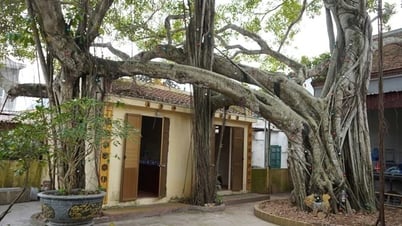

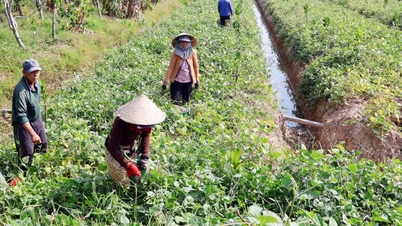
















![[Photo] National Assembly delegates visit President Ho Chi Minh's Mausoleum](https://vphoto.vietnam.vn/thumb/1200x675/vietnam/resource/IMAGE/2025/5/5/9c1b8b0a0c264b84a43b60d30df48f75)




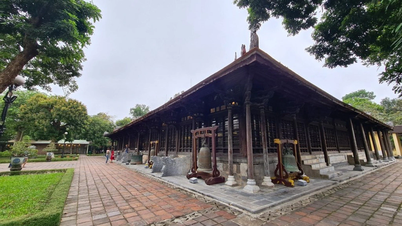



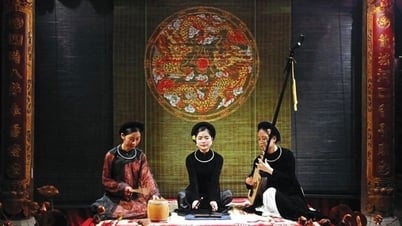


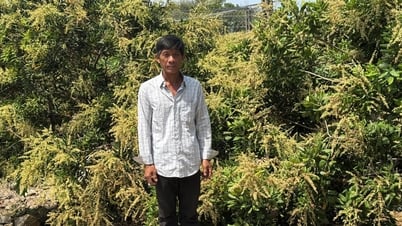





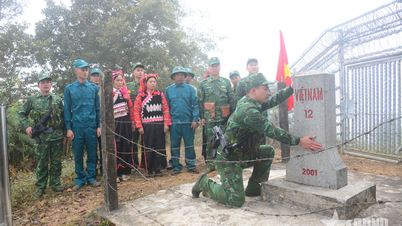











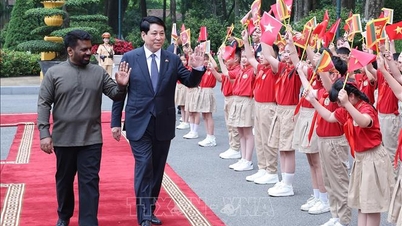








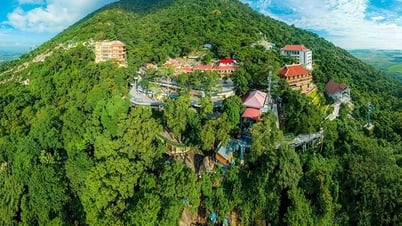













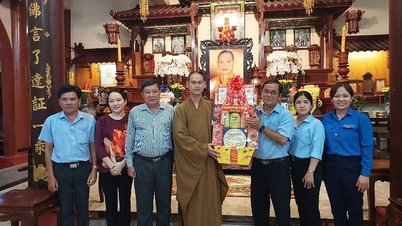


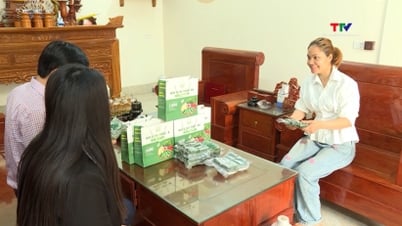









Comment (0)